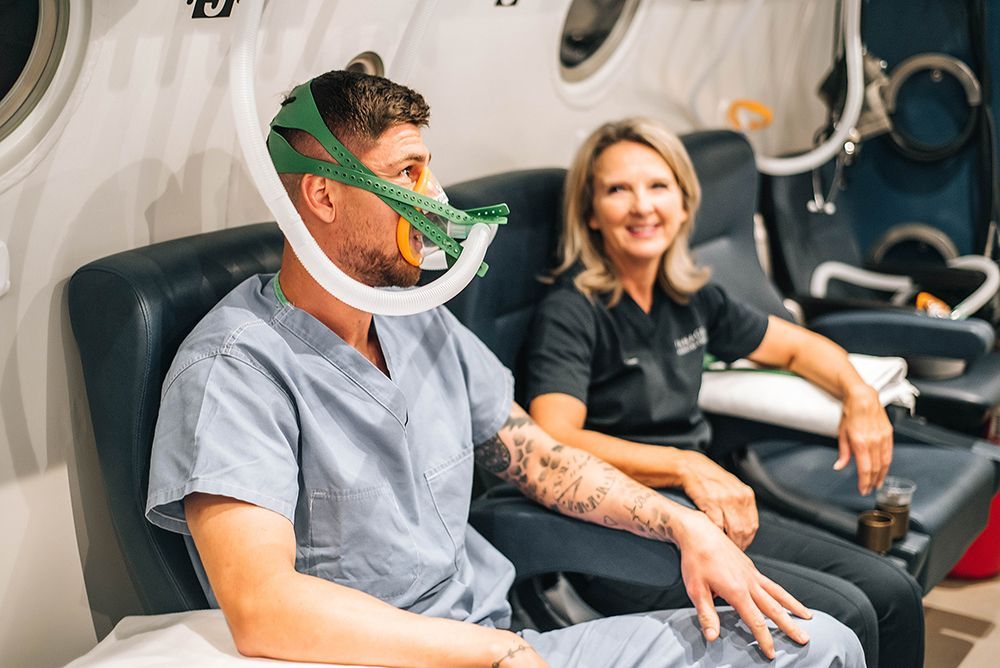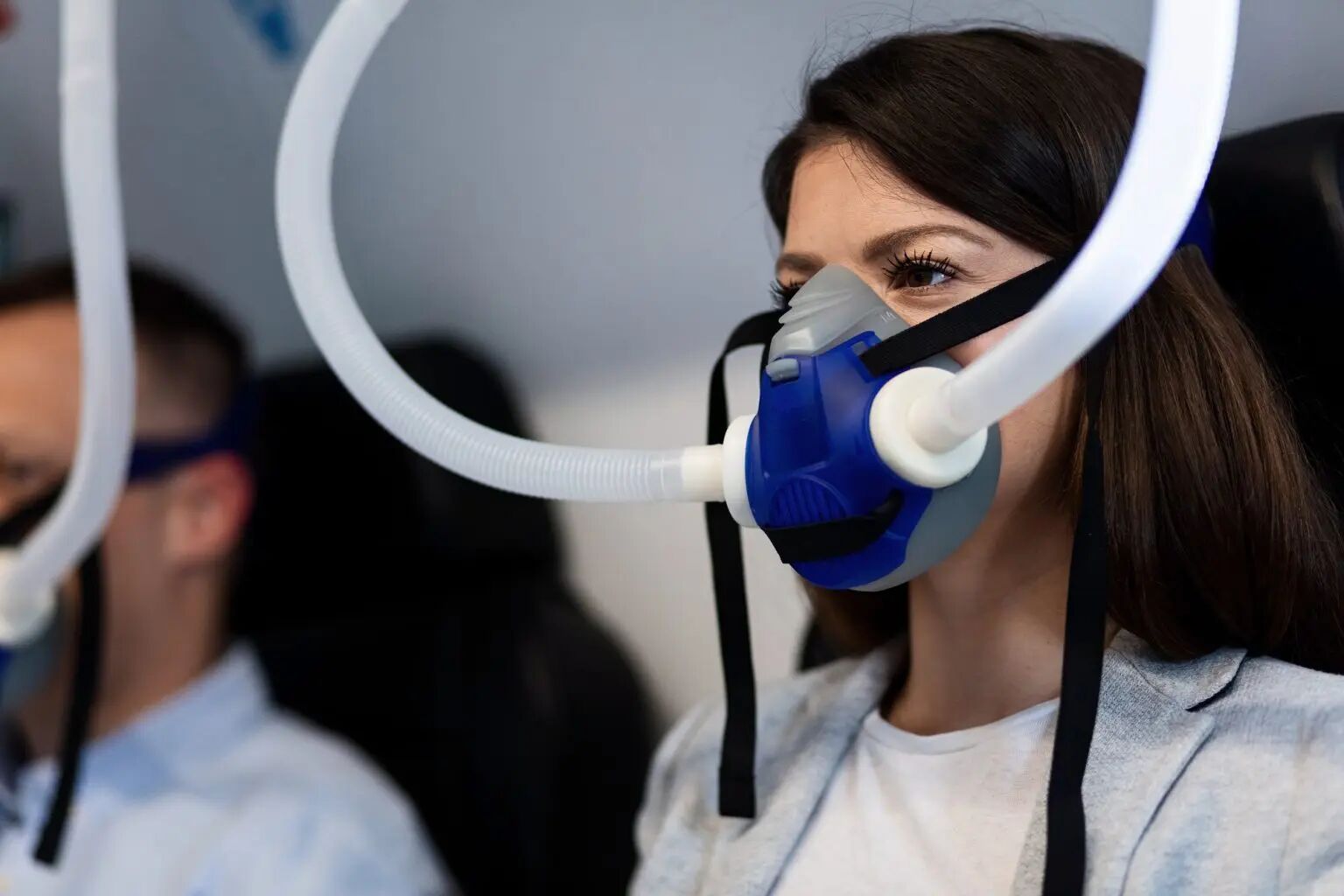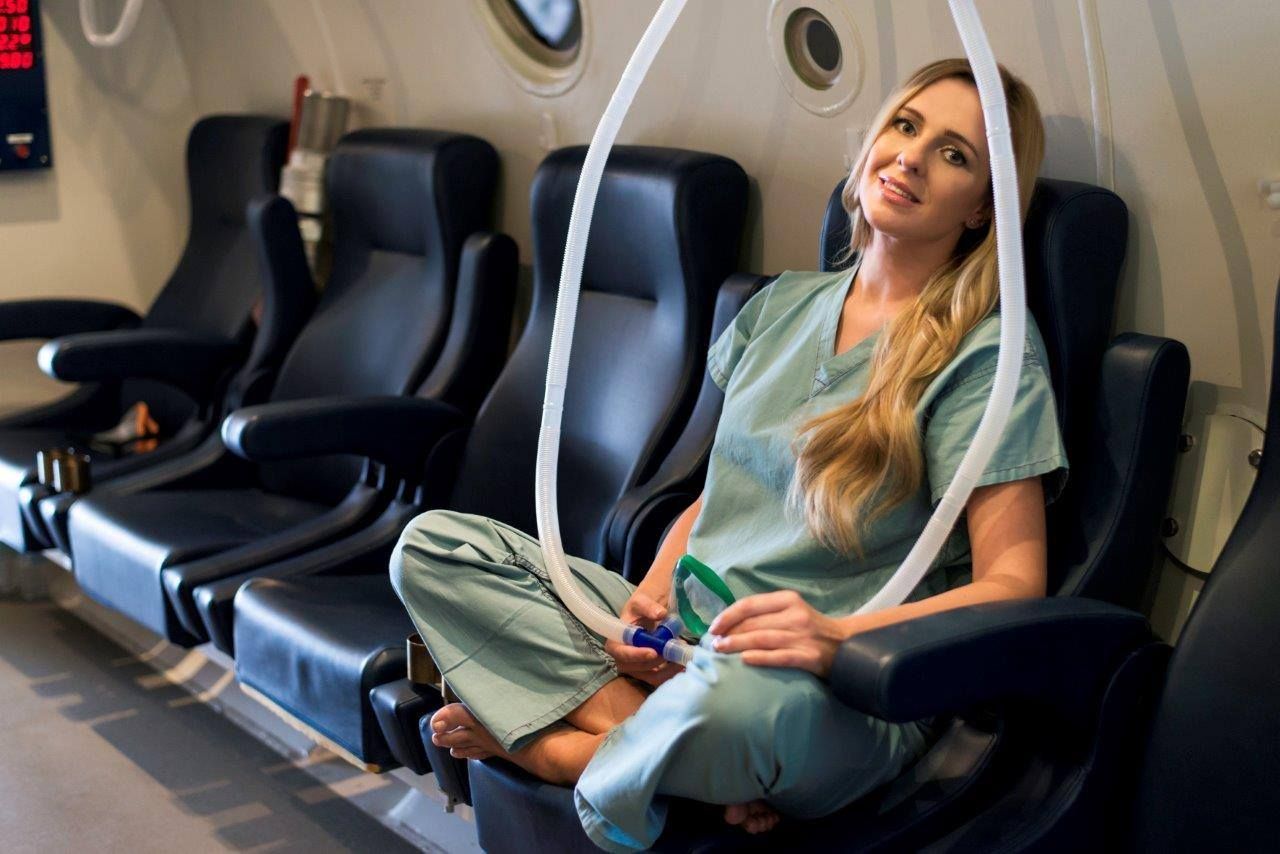The Ultimate Guide to Hyperbaric Oxygen Therapy (HBOT) at Panacea Medical Center, Cyprus
This is a subtitle for your new post

Introduction
Hyperbaric Oxygen Therapy (HBOT) is an innovative medical treatment that is gaining popularity worldwide for its ability to promote healing, reduce inflammation, and enhance recovery from various conditions. At
Panacea Medical Center in Cyprus, patients have access to state-of-the-art HBOT facilities and expert medical care tailored to their unique needs.
Whether you're recovering from surgery, managing a chronic condition, or seeking enhanced physical and mental performance, HBOT could be the breakthrough therapy you’ve been looking for. In this guide, we’ll explore what HBOT is, how it works, and why it has become a sought-after treatment for a wide range of medical and wellness applications.
What is Hyperbaric Oxygen Therapy (HBOT)?
Hyperbaric Oxygen Therapy (HBOT) is a non-invasive medical treatment in which a patient breathes pure oxygen inside a pressurized chamber. The increased atmospheric pressure allows higher levels of oxygen to dissolve into the blood plasma, significantly improving oxygen delivery to tissues and organs.
Unlike standard oxygen therapy, which relies on hemoglobin-bound oxygen, HBOT enables oxygen to diffuse deeper into body tissues, reaching areas with poor circulation or damage. This helps stimulate healing, reduce inflammation, and support the body’s natural repair processes.
How Does HBOT Work?
The science behind HBOT is based on two fundamental principles:
- Increased Oxygen Concentration – Under normal conditions, oxygen is transported by red blood cells. However, during HBOT, the pressurized environment allows oxygen to dissolve directly into the blood plasma, which enhances delivery to tissues, even those with reduced or blocked circulation.
- Higher Atmospheric Pressure – The increased pressure in the chamber forces oxygen into cells, tissues, and fluids at a much higher rate than normal breathing. This promotes angiogenesis (new blood vessel formation), stem cell activation, and anti-inflammatory responses that accelerate recovery.
The therapy is conducted in specialized monoplace (single-person) or multiplace (multiple-person) hyperbaric chambers, with sessions typically lasting 60 to 90 minutes depending on the condition being treated.
Conditions Treated with HBOT (1 long covid, Diabetic, Stroke, Lyme)
1. Diabetic Foot Ulcers & Chronic Wounds
Patients with diabetes often suffer from poor circulation, leading to chronic non-healing wounds. HBOT increases oxygen supply to damaged tissues, promoting faster healing, reducing infection risks, and even preventing amputations.
2. Decompression Sickness (DCS)
Commonly known as "the bends," decompression sickness occurs when nitrogen bubbles form in the bloodstream due to rapid pressure changes (such as scuba diving). HBOT is the primary treatment for DCS, as it helps dissolve nitrogen bubbles and restores normal circulation.
3. Long COVID Recovery
Emerging research suggests that HBOT may be effective in alleviating long COVID symptoms such as chronic fatigue, brain fog, and breathing difficulties. Increased oxygen delivery supports mitochondrial function and reduces neuroinflammation, improving overall energy levels.
4. Fibromyalgia & Chronic Pain Syndromes
Patients with fibromyalgia often experience widespread pain, fatigue, and cognitive difficulties. HBOT has shown promise in reducing inflammation, oxidative stress, and nerve pain, leading to improved pain management and quality of life.
5. Post-Surgery & Post-Operation Recovery
HBOT speeds up tissue regeneration, reduces swelling, and minimizes the risk of infections following surgical procedures. Many patients, including those recovering from orthopedic, cosmetic, and dental surgeries, experience faster recovery times and reduced complications.
6. Cancer Treatment Recovery
While HBOT is not a cure for cancer, it plays a crucial role in post-radiation recovery. Radiation therapy can cause damage to surrounding healthy tissues, leading to conditions like radiation necrosis. HBOT helps oxygenate these tissues, promote repair, and reduce inflammation.
7. Stroke Recovery
After a stroke, the affected brain areas often suffer from low oxygen levels. HBOT helps reactivate dormant neurons, stimulate neuroplasticity, and improve cognitive function in stroke survivors. Studies have shown promising results in enhancing brain function and mobility post-stroke.
8. Lyme Disease Treatment Support
Lyme disease can lead to chronic fatigue, joint pain, and neurological issues. HBOT aids in reducing bacterial load, improving immune function, and decreasing inflammation, making it a valuable adjunct therapy for Lyme disease sufferers.
9. Performance Boost – Mental & Physical
Athletes and high-performance professionals are increasingly using HBOT to enhance endurance, accelerate muscle recovery, and improve cognitive function. By delivering more oxygen to muscles and the brain, HBOT optimizes physical stamina and mental clarity, benefiting both professional athletes and individuals seeking peak performance.
Outline: How Does Hyperbaric Oxygen Therapy Work? Understanding the Science Behind HBOT
1. Introduction
- Overview of Hyperbaric Oxygen Therapy (HBOT)
- Why understanding the science behind HBOT is important
- Brief mention of research-backed benefits
2. The Basics of Hyperbaric Oxygen Therapy
- Definition of HBOT and its core principles
- Explanation of a hyperbaric chamber and treatment process
- The difference between monoplace vs. multiplace chambers
3. The Science Behind HBOT: Oxygen, Pressure, and Healing
- How breathing 100% oxygen under high pressure affects the body
- The Henry’s Law principle – how pressure increases oxygen solubility in blood plasma
- How oxygen reaches hypoxic (low-oxygen) tissues
4. Key Physiological Effects of HBOT
- Enhanced Tissue Oxygenation – oxygen dissolving into plasma for better circulation
- Cellular Repair & Regeneration – oxygen’s role in mitochondrial function & stem cell activation
- Angiogenesis (New Blood Vessel Formation) – how HBOT stimulates vascular growth
- Reduction in Inflammation & Oxidative Stress – how HBOT regulates immune response
- Antimicrobial Effects & Immune Boosting – how high oxygen levels combat infections
5. HBOT’s Role in Treating Various Conditions
- Wound Healing & Chronic Ulcers – improving diabetic foot ulcer outcomes
- Neurological Recovery – brain function improvement after stroke, TBI, and long COVID
- Pain & Inflammation Management – fibromyalgia, arthritis, and autoimmune disorders
- Radiation-Induced Tissue Damage – oxygen therapy for cancer treatment recovery
6. Key Studies & Clinical Evidence
- UHMS guidelines on approved conditions for HBOT
- Reference to peer-reviewed studies on wound healing, brain recovery, and inflammation reduction
- Highlight recent clinical trials on HBOT’s effectiveness in long COVID and stroke recovery
7. Addressing Common Misconceptions About HBOT
- Debunking myths about HBOT as a cure-all
- The difference between proven medical applications vs. experimental use
8. The Future of Hyperbaric Medicine
- Advances in HBOT research and new emerging applications
- Ongoing clinical trials and FDA evaluations
9. Conclusion
- Summary of how HBOT works and why it’s beneficial
- Encouragement to consult a medical expert before considering HBOT
10. FAQs
- How many HBOT sessions are needed to see results?
- Can HBOT improve athletic performance?
- Is HBOT safe for people with heart conditions?
- What’s the difference between mild HBOT and high-pressure HBOT?
- Are there risks of too much oxygen exposure?









